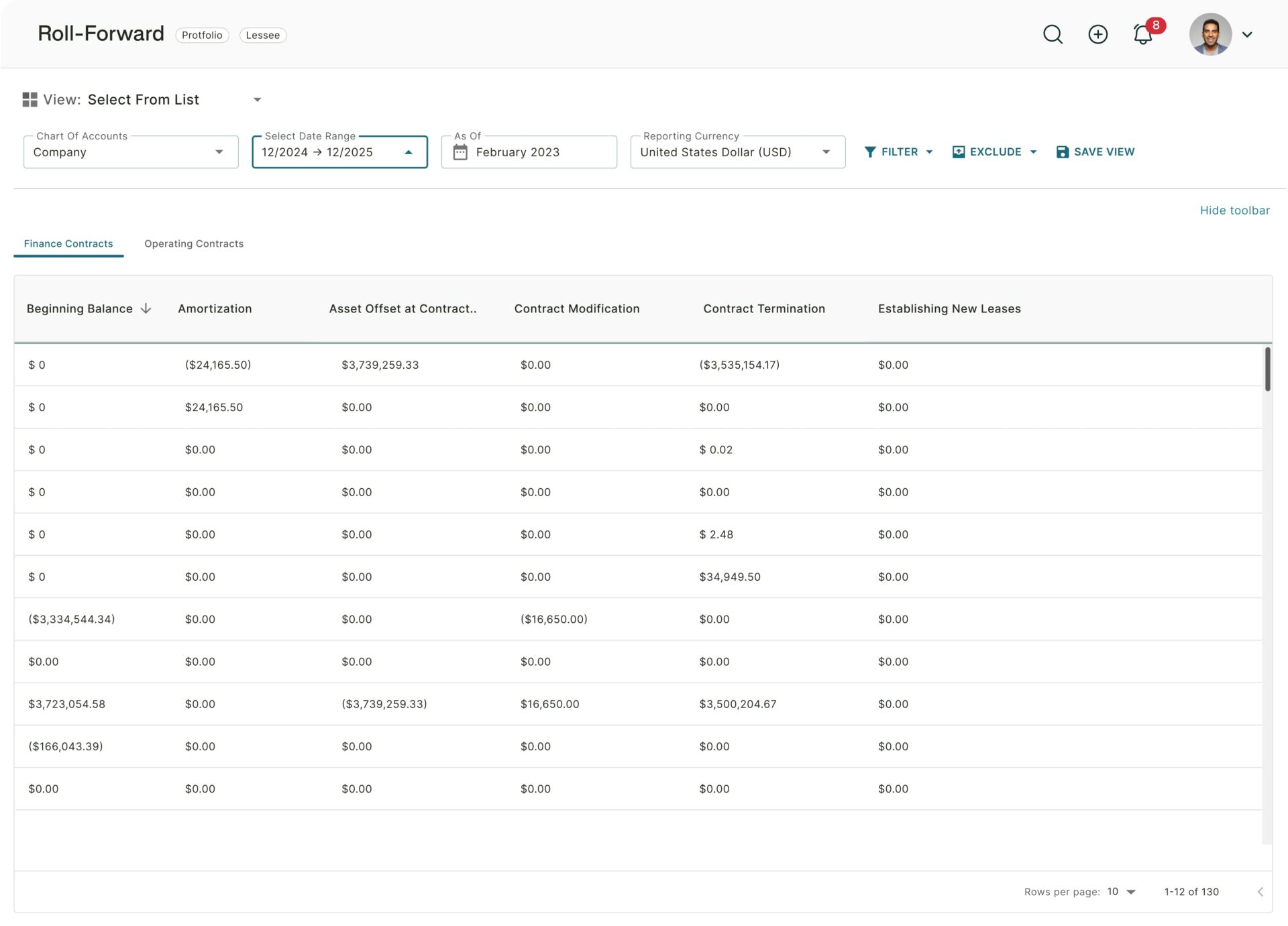Getting revenue right
Revenue is one of the most important figures on a company’s financial statements. In most cases, without revenue – or the possibility of future revenue – a company would not be able to survive. ASC 606 is the revenue recognition standard that governs the way companies should account for this revenue, making it a critical accounting standard for any business.
In this summary, we look at the background to ASC 606, the main elements of the standard, challenges in applying the standard, and how leveraging technology can ease ASC 606 compliance.
ASC 606 Revenue Recognition Explained
Revenue is often used as a proxy for overall financial performance, and the revenue figure is key in determining many of the most used financial ratios.
It would make sense that the accounting standard governing revenue should be clear and consistent. However, this wasn’t always the case.
ASC 606 Summary
ASC 606, also known as FASB Topic 606 or “Revenue from Contracts with Customers,” was developed to address the need for consistent revenue recognition principles. This accounting standard was a joint effort by the FASB and IFRS, aiming to clarify and streamline revenue recognition practices. It replaces previous requirements that were considered overly broad and varied across industries or transactions, such as the ones outlined in US GAAP and IFRS 15.
The goals of the new standard, according to ASC 606, were to:
- Remove inconsistencies and weaknesses in revenue requirements
- Provide a more robust framework for addressing revenue issues
- Improve comparability of revenue recognition practices across entities, industries, jurisdictions, and capital markets
- Provide more useful information to users of financial statements through improved disclosure requirements
- Simplify the preparation of financial statements by reducing the number of requirements to which an entity must refer
ASC 606 lays out key principles and specific steps that seek to ensure that these goals are achieved.
ASC 606 5-Step Revenue Recognition Model
The guiding principle of ASC 606 (606-10-05-3) is that “an entity should recognize revenue to depict the transfer of promised goods or services to customers in an amount that reflects the consideration to which the entity expects to be entitled in exchange for those goods or services.”
ASC 606 lays out a 5-step approach to revenue recognition:
- Identify the contract(s) with a customer
- Identify the performance obligations in the contract
- Determine the transaction price
- Allocate the transaction price to the performance obligations in the contract
- Recognize revenue when (or as) the entity satisfies a performance obligation
The standard then goes on to give further information on each of these 5 steps, along with other relevant information such as how to deal with the costs incurred in obtaining or fulfilling such contracts, how to deal with revenue around licensing and intellectual property, and details around disclosure requirements.
The ASC 606 disclosure requirements, in particular, require more comprehensive information than previously required; including both qualitative and quantitative information. Among the specifics demanded by ASC 606 for the recognition of revenue are:
- For contracts with customers: revenue and impairments recognized, disaggregation of revenue streams, as well as information about contract balances and performance obligations
- For significant judgments: the timing of the satisfaction of performance obligations, as well as determining the transaction price and the amounts allocated to performance obligations
- Assets recognized from the costs to obtain or fulfill a contract
With ASC 606 being a hot topic, the Journal of Accountancy provides specific areas and challenges to look out for when preparing or auditing this key area. Some of these include:
- Change orders or modifications to contracts, specifically whether such changes constitute an update to an existing contract, or a separate, new contract
- Identifying separate performance obligations, especially where judgment is applied in terms of whether a group of goods or services are substantially the same
- In determining the transaction price (Step 3 in ASC 606,) looking at variable components such as discounts and refunds, significant financing components, and whether implicit price concessions or incentives are provided
- Whether an entity is a principle or an agent
- Allocating the transaction price when the stand-alone selling price cannot be determined
- When control is actually transferred
Make ASC 606 compliance seamless
Revenue recognition can quickly become extremely complex: from determining the appropriate judgments to apply, to allocating the transaction price to performance obligations – in fact each part of the five-step process outlined by ASC 606 presents its own significant challenges.
The great news is that specialized accounting software can do all the hard work for you. Trullion’s automated revenue recognition software was created specifically for people like you who want accurate and compliant revenue recognition and financial reporting, without the stress and headache of trying to manually calculate and report revenue figures.
To find out more about how Trullion can help you, your teams and your clients, get in touch with a team member today.





